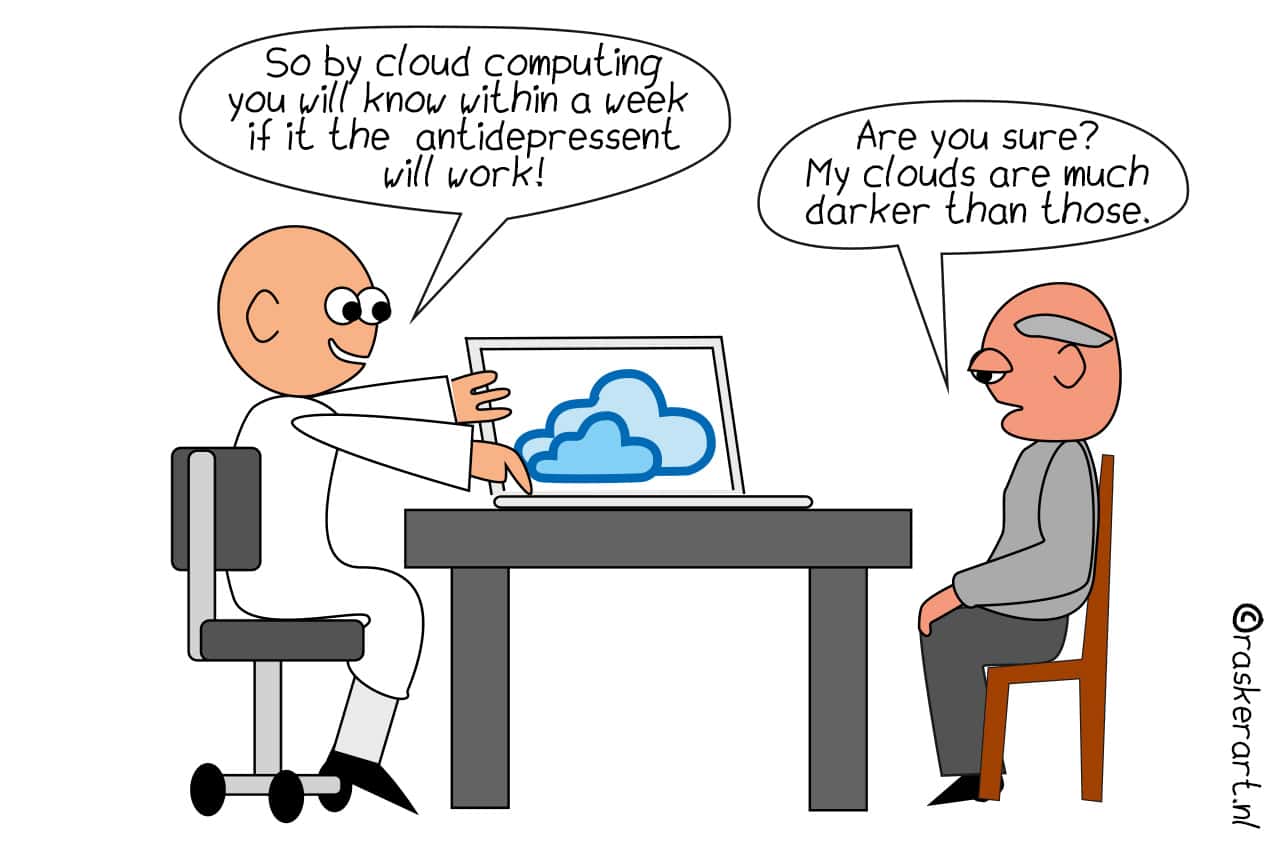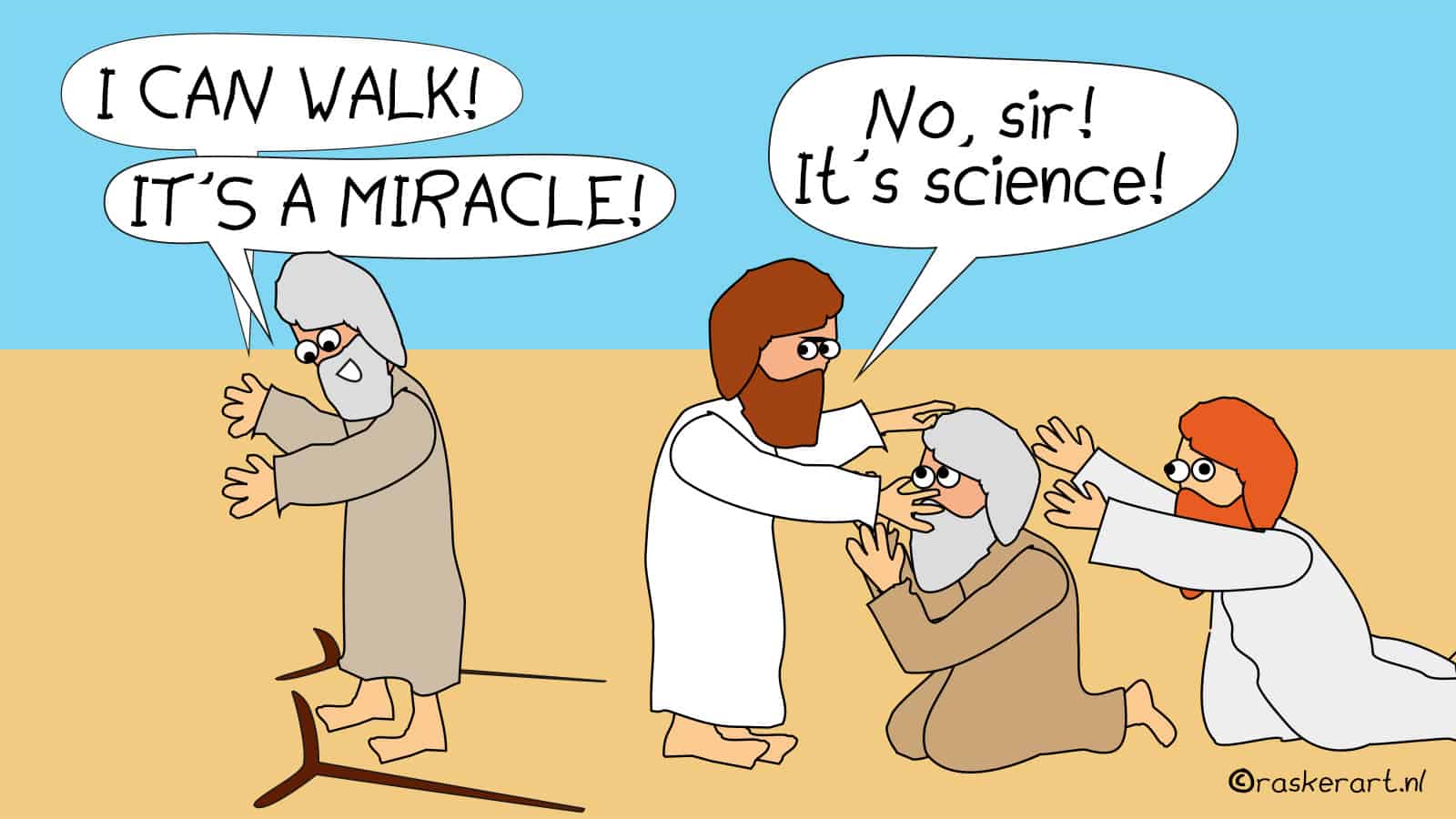
IO columnist Eveline van Zeeland explained in great detail why creativity is bludgeoned to death in our education system. Students are hardly given the space to come up with their own step-by-step learning plan but are given a ready-made manual instead. Teachers fail to recognize creative thinkers in the classrooms. Instead, they work with checklists that students have to conform to. Van Zeeland wrote last week that any original ideas or added value are not being rewarded in this respect.
Rob Martens, professor of educational psychology and a researcher of motivation with the Open Universiteit, completely concurs with this train of thought. He even speaks of a motivation crisis in education. “We have a huge problem. Dutch secondary school students are among the least motivated students in the world.”
On top of that, children in present-day education do not always end up in a place that’s right for them. They perform below their level, switch from one study to the next, or drop out altogether. Talent remains untapped. A real waste, according to Martens. “Not only for these people themselves but also for the taxpayer. Of course, you can never accurately figure out what this costs. However, you can well imagine that someone who is motivated learns more quickly. Repeating another year, switching studies and dropping out are also cost factors. I think that education is in dire need of change just for these reasons.”
Education can learn from wildlife
As an educational psychologist, he is heavily focused on the question of what motivates students and how learning works. As far as he is concerned, the Netherlands has gone overboard when it comes to testing. There is too much emphasis on school tests and the CITO exam (the aptitude test that the Dutch educational system uses to determine which direction and academic level that schoolchildren should go in after primary school, ed). This leads to extra pressure on students.
Besides that, students are only worried about whether or not ‘something counts’ where exams are concerned. “Children take the CITO exam at the age of eleven, which defines the subsequent trajectory of their school education. Too much emphasis is placed on that. They are only interested in knowing what percentage something counts towards their final grades. They have no autonomy and see school as an obligation. While scientists have known for a long time that you are most motivated when you have something that interests you and that you can contribute to.”
Animals learn through play
According to Martens, the framework conditions of education are flawed. He compares this to wildlife. “Every biologist will tell you that intelligent animals play during their childhood. They do that not only because it’s fun, but also in order to learn that way. They explore boundaries in their play and learn to trust their own abilities. It’s a safe environment in which they can practice hunting without any consequences. The same goes for children.”
Martens sighs: “But where do we end up telling children that life is not a playground? In education. Whereas in a gaming context, children learn things they are not tested on, e.g. how to deal with disappointments, or how to set limits. Games encourage creativity, experimentation, and reflection. With a game, you don’t have to worry about getting an “F”, or having to sit out another year. You can lose yourself in them. Just think about watching an exciting series on Netflix. Then you want to know who did it, right?
Coercion is not much use
Martens claims that education tells you in the first minute of the first episode exactly what the next six seasons will look like. “The sense of wonder is gone because you already know what’s going to happen. We want to see children just as absorbed in their schoolwork as they are in a game, but you can’t coerce them into doing that. That’s exactly why literature is detested so much: It’s compulsory.”
Everyone has an image in their mind of a disinterested secondary school student, someone who ‘doesn’t give a toss about school.’ For his book ‘We moeten spelen’ (We should play), Martens spent a lot of time talking to these types of students. “One of those guys built a remote-controlled submarine in his spare time. He used old parts, sensors, and a camera. He built the whole thing by himself. You could make use of that kind of interest in education. You could set up a whole math and physics curriculum with something like that submarine project.”
Martens can totally imagine it: “Tailor-made education, where students follow their own interests and put together a bunch of subjects around them. Why should their worst subject determine their education level? This is a misguided way of thinking in education.” According to him, the difference in approaches to manual work and intellectual work should also be done differently. “Why is one skill valued less than another? Precisely by mixing physical skills with general knowledge, you stimulate curiosity and creativity.”
History is more than just naming dates
In San Diego, US, Martens saw with his own eyes how students of the High Tech High set up their own project around the Second World War. “Out of their own curiosity, they wanted to know who had betrayed Anne Frank. They learned how to think like historians this way, without memorizing facts and dates. Not only is knowledge itself important, but the ways you can find it out are also educational.”
Even in the Netherlands, the idea of giving children more freedom and independence is not new. Dalton, Montessori, and Waldorf schools have existed for decades. More and more students are involved in challenge-based learning at higher professional educational institutions and universities. Here they get the knowledge and skills they need to resolve problems. “It requires teachers who are more attentive to children’s personal interests. They have to be willing to be asked all kinds of questions and have much more of a coaching role. You notice that younger teachers, in particular, are very open to this.”
Glorified playgrounds?
In the Netherlands, we have already seen that things can be done differently. In 2002, Iederwijs opened an educational route where children decided for themselves what their curriculum would look like and how they would organize it. “The schools had to close under pressure from the media; they were supposedly glorified playgrounds. In the book ‘De gelukkige school (The Happy School),’ Astrid Schutte draws a different conclusion. Ph.D. graduates at Cambridge, IT specialists, and other examples of former students, have all turned out well and gained a lot from this form of education.”
The great thing about this is that this way of thinking is on the way back more and more. Take, for example, Agora education, where children work on challenges that interest them on the basis of mutual trust, fun, and independence.”








